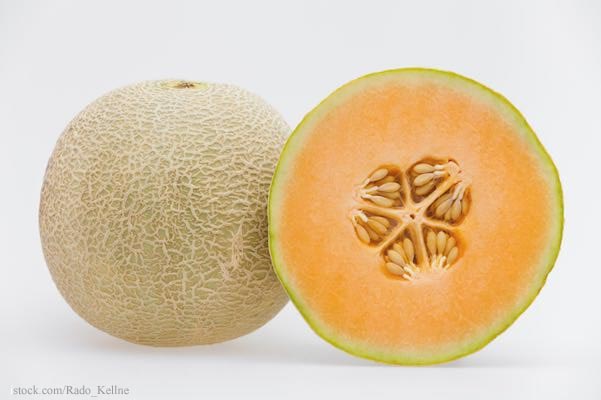The Salmonella outbreak in Washington state and Oregon that has sickened at least 18 people has been linked to precut cantaloupe, watermelon, or fruit mixes containing both of these fruits. Most people don’t think of fruit as being a source of pathogenic bacteria, but this is not the first time melons have been linked to a food poisoning outbreak.

In 2011, a Listeria monocytogenes outbreak linked to cantaloupe sickened more than 140 people in 28 states and killed thirty. The contaminated melons were traced to Jensen Farms in Colorado. Almost all of those sickened were hospitalized because their illnesses were so severe.
In 2012, a Salmonella Typhimurium outbreak linked to cantaloupes grown in Indiana sickened at least 141 people in 20 states. At least 31 people were hospitalized in that outbreak.
This current Salmonella outbreak occurred in late October up to December, 2017. Officials are trying to determine where the contaminated fruit came from and where it was contaminated.
And this all happened because of the nature of melons. The webbed skin on that fruit easily traps pathogenic bacteria. When the fruit is cut without being washed, that bacteria is transferred to the flesh.
All produce can potentially be contaminated with pathogenic bacteria. Animals defecate in farm fields. Irrigation water can be contaminated with runoff from factory farms. Ill workers in the fields can contaminate the produce as it’s being harvested. Fruits and vegetables can be contaminated during transport through dirty storage bins.
Handling issues were the primary problem in the Jensen Farms outbreak. The melons were not pre-cooled, the water that was used to wash the fruit after harvest wasn’t chlorinated to kill bacteria, and the processing equipment the owners used was designed to wash potatoes, not fruit.
All of these issues highlight the facts that produce must be washed before it is cut, peeled, or otherwise prepared. One contaminated piece of fruit, when peeled and cut and mixed with others, can contaminate a large batch.
If you or a member of your family is in a high risk group for food poisoning, consider not purchasing precut fruit or vegetables. You can make your food safer by rinsing produce before you peel or cut it. In fact, melons can be put into a hot water bath for about a minute before they are cut; this will help kill any bacteria on the fruit’s surface.
The symptoms of a Salmonella infection include a fever, nausea, abdominal cramps, vomiting, and diarrhea that may be bloody. Symptoms usually begin 12 to 72 hours after exposure to the bacteria. If you have eaten precut fruit sold at QFC, Fred Meyer, Rosauers, and Central Market stores in Washington state or Oregon and have experienced these symptoms you may be part of this Salmonella outbreak. See your doctor.
The law firm of Pritzker Hageman helps people sickened by contaminated food such as precut fruit protect their legal rights, and get justice and compensation. Our attorneys represent clients sickened with bacterial infections in personal injury and wrongful death lawsuits against retailers, food producers, food processors, restaurants, and others. Attorney Fred Pritzker and his team of experienced lawyers recently won $7.5 million for young client whose kidneys failed because of hemolytic uremic syndrome after an E. coli infection. It’s important to note that class action lawsuits may not be appropriate for outbreak victims because the cases are unique.




